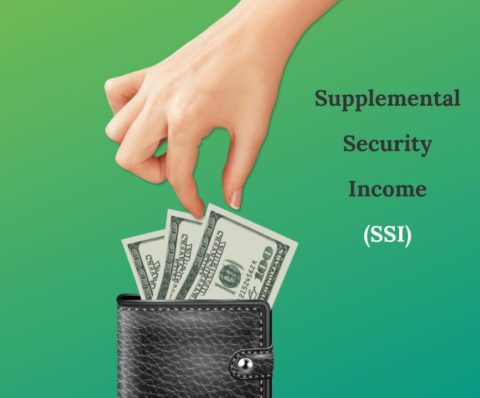 For people who are in need of some additional income to help keep their family and children sheltered and fed, there are benefits available that they could qualify for. One example is called Supplemental Security Income, also known as SSI. This is a need-based benefit and there are a number of criteria that people could meet to qualify for this income. Examples include:
For people who are in need of some additional income to help keep their family and children sheltered and fed, there are benefits available that they could qualify for. One example is called Supplemental Security Income, also known as SSI. This is a need-based benefit and there are a number of criteria that people could meet to qualify for this income. Examples include:
- People who do not work consistently. They could have lapses in their work attendance due to injury, illness, or other extenuating circumstances.
- People who switch jobs routinely. There could be numerous reasons that people switch jobs, including changes in education, family circumstances, or the job market itself.
- Lack of income. There are many reasons why people could struggle to make a living and the recent recession demonstrated this to everyone.
How Large is the Benefit?
In general, the amount of the benefit that someone can receive under SSI is capped; however, the amount varies from state to state. While every state has a different amount, the number if generally somewhere between $700-750 per month. Remember, this is a need-based award. Therefore, some people could receive the maximum benefit while other people may receive only a fraction of this amount. For example, someone living in a house with a second income could lead to a reduced benefit on a monthly basis because the agency may view this as “reducing” the need under the SSI. Furthermore, someone receiving other forms of state assistance may also see a reduction in their monthly benefit.
What Assets Are Exempted From Reductions
While some assets, such as a second income, lead to reductions in the SSI benefit, other assets may be exempted. In order to figure out what the differences are, it is important to speak with Match Disability Law today to learn more about their options. This will also assist individuals and families in receiving the largest benefit that they could qualify for.
Sources

